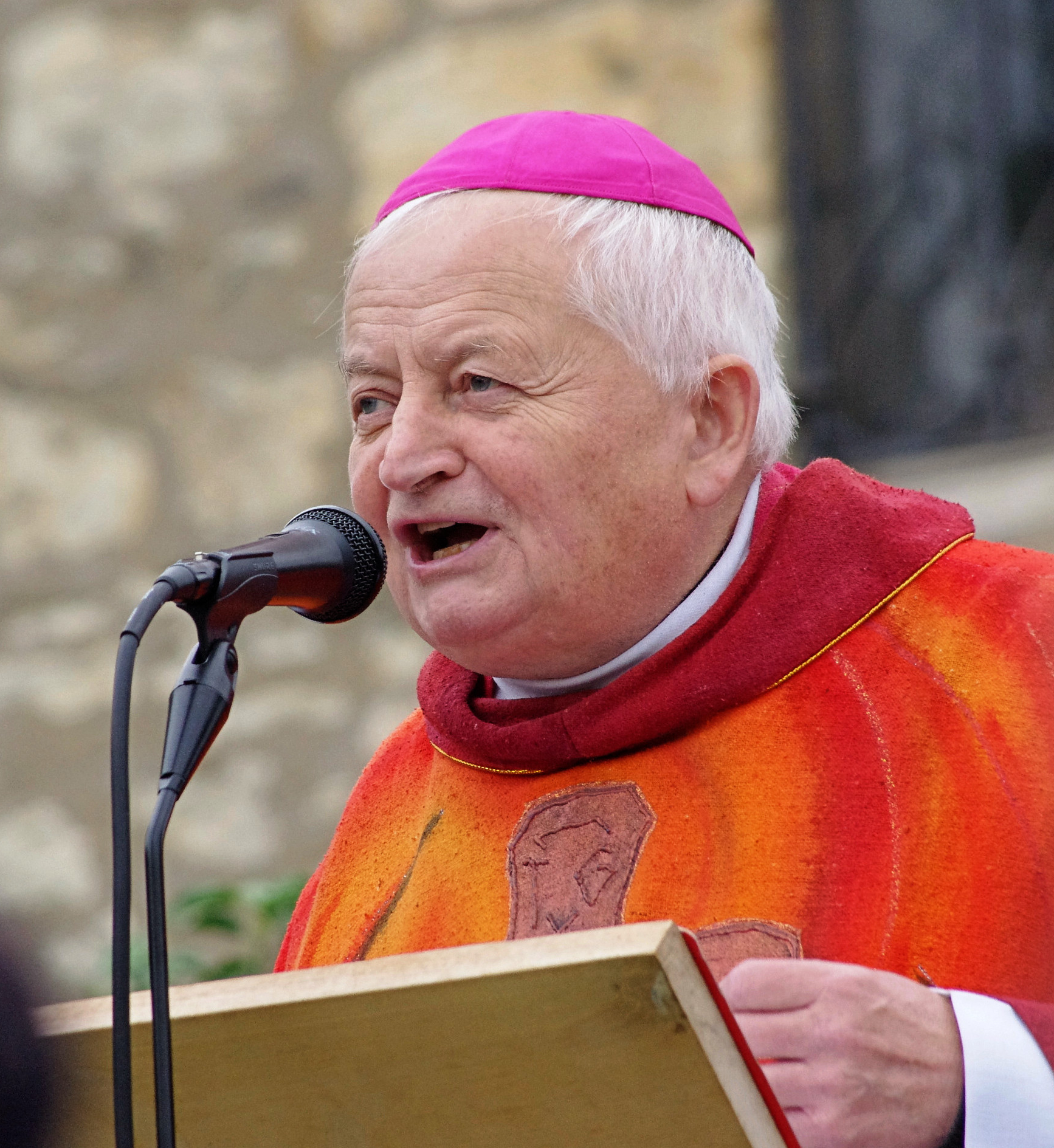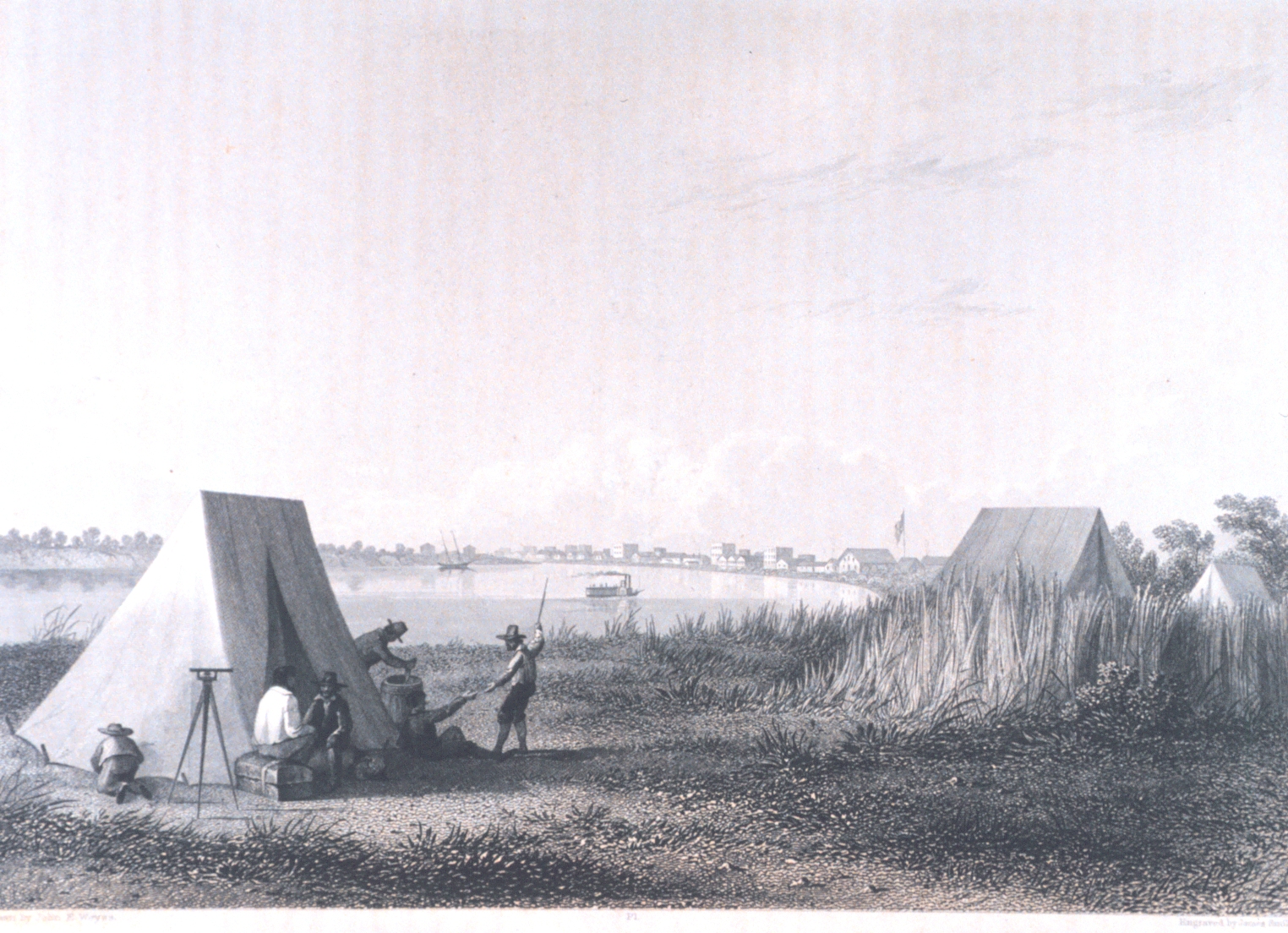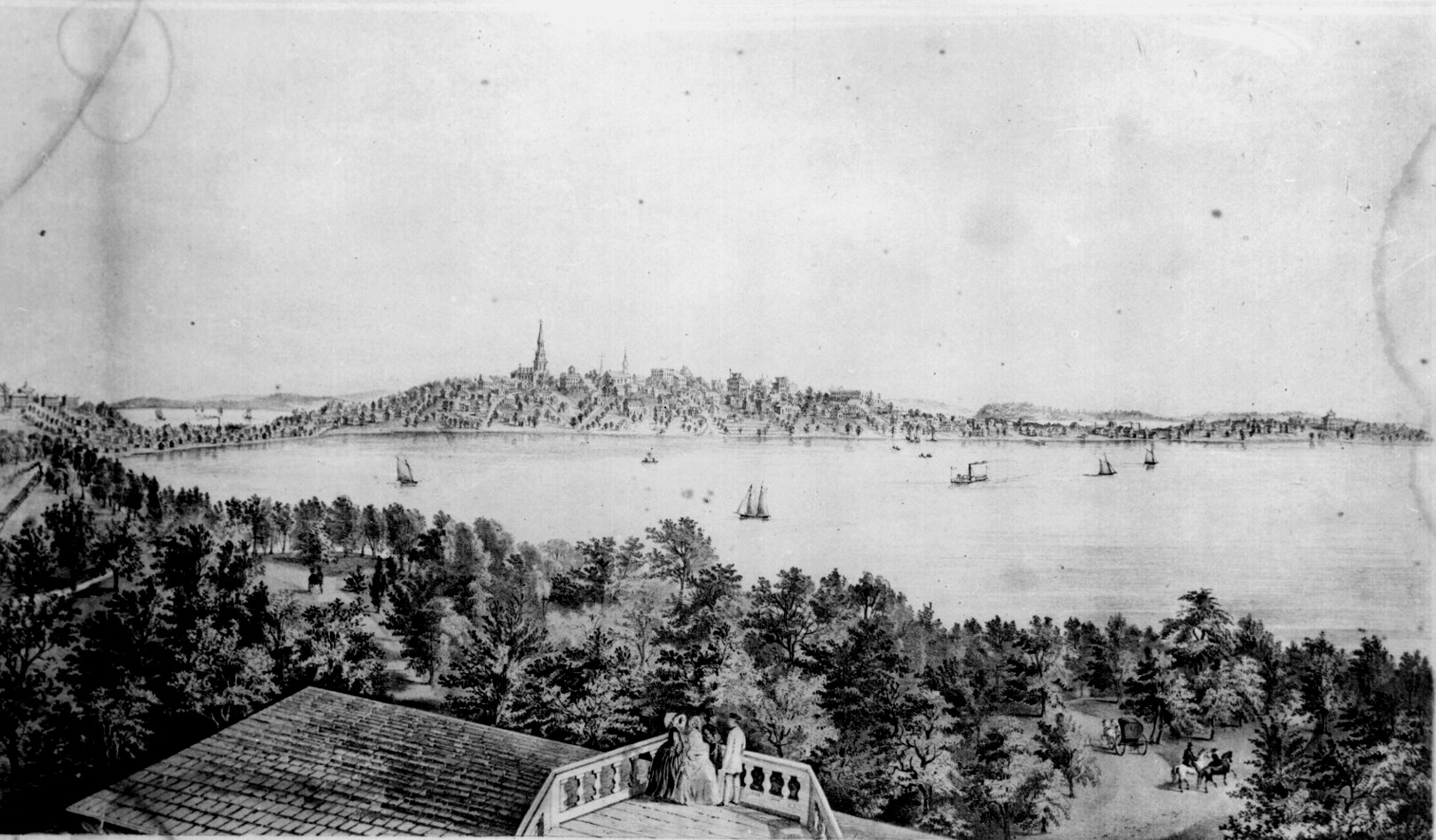|
Siccesi
The diocese of Siccesi ( la, Dioecesis siccessitana, link=no) is a suppressed and titular see of the Roman Catholic Church. History Sicchi, is an ancient bishopric of the Roman province of Mauretania Caesariensis. Siccesi today survives as a titular bishopric. The current bishop is Karel Herbst former Auxiliary Bishop of Prague. Diocese seat The seat of the bishopric was the ancient city of Siga which is identifiable with the ruins of Takembrit on the Mediterranean coast in modern Algeria. Siga was a major port city in the ancient Kingdom of Numidia, and during the Second Punic War, the kings of Siga sided with Rome. The city got some importance inside the Roman Africa, especially with African emperors Septimius Severus and Caracalla. With the Arab conquest, during the second half of the seventh century, disappeared all references to Siga in documented history.Vuillemot, G. Notes sur un lot d'objets découverts à Siga, "BSGAO" 1953, p. 1-9; Fouille de la nécropole du phare da ... [...More Info...] [...Related Items...] OR: [Wikipedia] [Google] [Baidu] |
James Stephen Sullivan
James Stephen Sullivan (July 23, 1929 – June 12, 2006) was an American prelate of the Roman Catholic Church. He served as bishop of the Diocese of Fargo in North Dakota from 1985 to 2002. He previously served as an auxiliary bishop of the Diocese of Lansing in Michigan from 1972 to 1985. In 2021, the Diocese of Lansing stated that Sullivan had credible accusations of sexually abusing minors during the 1960's. Biography Early life Sullivan was born on July 23, 1929 in Kalamazoo, Michigan, to Stephen and Dorothy (née Bernier) Sullivan. After attending St. Augustine Cathedral School in Kalamazoo, he attended high school and two years of college at St. Joseph Seminary in Grand Rapids. He then studied at Sacred Heart Seminary in Detroit, where he obtained a Bachelor of Arts degree in 1951. He completed his theological studies at St. John Provincial Seminary in Plymouth, Michigan. Priesthood Sullivan was ordained to the priesthood for the Diocese of Lansing by Bishop Joseph H ... [...More Info...] [...Related Items...] OR: [Wikipedia] [Google] [Baidu] |
Mauretania Caesariensis
Mauretania Caesariensis (Latin for " Caesarean Mauretania") was a Roman province located in what is now Algeria in the Maghreb. The full name refers to its capital Caesarea Mauretaniae (modern Cherchell). The province had been part of the Kingdom of Mauretania and named for the Mauri people who lived there. Formerly an independent kingdom, and later a client state of Rome, it was annexed into the Empire formally during the reign of Claudius and divided into two provinces about 42 AD. A third province, named Mauretania Sitifensis, was later split off from the eastern portion during the reign of Diocletian in 293 AD. During and after the Fall of the Western Roman Empire in the 5th century, most of the hinterland area was lost, first to the Vandal Kingdom and later to the Mauro-Roman Kingdom, with Roman administration limited to the capital of Caesarea. The land was reconquered by Rome during the reign of Justinian. This province was a part of Praetorian prefecture ... [...More Info...] [...Related Items...] OR: [Wikipedia] [Google] [Baidu] |
Enrique San Pedro
Enrique San Pedro, S.J. (born Enrique San Pedro y Fonaguera) (March 9, 1926 - July 17, 1994) was a Cuban-born prelate of the Roman Catholic Church. He served as the fourth bishop of the Diocese of Brownsville in Texas from 1991 until his death in 1994. He previously served as an auxiliary bishop of the Diocese of Galveston-Houston from 1986 to 1991. Biography Early life Enrique San Pedro was born March 9, 1926 in Havana, Cuba, the second child and oldest son of María Antonia Fornaguera and Enrique San Pedro y Xiques. His siblings were: Silvia, Berta and Javier San Pedro y Fornaguera. San Pedro studied at Colegio de Belén and entered the novitiate of the Jesuits at Escuela Apostólica y Seminario Menor in Sagua la Grande, in Cienfuegos, Cuba, on December 7, 1941. After two years of novitiate, he underwent four years of Greek and Latin studies in Havana and in Salamanca, Spain, where he received a master's degree in classical literature. These studies were followed by th ... [...More Info...] [...Related Items...] OR: [Wikipedia] [Google] [Baidu] |
Karel Herbst
Karel Herbst (born 6 November 1943, in Prague) is an emeritus auxiliary bishop of Prague, a titular bishop of Siccesi and Salesian. In the 1980s, he was the main organizer of the Salesian huts, holiday events for children in the Catholic underground. Among their participants he was known as Kája. On 19 February 2002 he was appointed and appointed on 6 April 2002 by the Assistant Bishop of the Prague Roman Catholic Archdiocese. From 1 December 2016, at his own request, he became an emeritus Bishop. He suffered from coronavirus disease Coronavirus diseases are caused by viruses in the coronavirus subfamily, a group of related RNA viruses that cause diseases in mammals and birds. In humans and birds, the group of viruses cause respiratory tract infections that can range fro ... in March 2020. References 21st-century Roman Catholic bishops in the Czech Republic 1943 births Living people Salesian bishops Clergy from Prague {{Czech-bio-stub ... [...More Info...] [...Related Items...] OR: [Wikipedia] [Google] [Baidu] |
Titular See
A titular see in various churches is an episcopal see of a former diocese that no longer functions, sometimes called a "dead diocese". The ordinary or hierarch of such a see may be styled a "titular metropolitan" (highest rank), "titular archbishop" (intermediary rank) or "titular bishop" (lowest rank), which normally goes by the status conferred on the titular see. Titular sees are dioceses that no longer functionally exist, often because the territory was conquered by Muslims or because it is schismatic. The Greek–Turkish population exchange of 1923 also contributed to titular sees. The see of Maximianoupolis along with the town that shared its name was destroyed by the Bulgarians under Emperor Kaloyan in 1207; the town and the see were under the control of the Latin Empire, which took Constantinople during the Fourth Crusade in 1204. Parthenia, in north Africa, was abandoned and swallowed by desert sand. Catholic Church During the Muslim conquests of the Middle ... [...More Info...] [...Related Items...] OR: [Wikipedia] [Google] [Baidu] |
Muslim Conquest Of The Maghreb
The Muslim conquest of the Maghreb ( ar, الْفَتْحُ الإسلَامِيُّ لِلْمَغرِب) continued the century of rapid Muslim conquests following the death of Muhammad in 632 and into the Byzantine-controlled territories of Northern Africa. In a series of three stages, the conquest of the Maghreb commenced in 647 and concluded in 709 with the Byzantine Empire losing its last remaining strongholds to the then- Umayyad Caliphate under Caliph Al Walid Ibn Abdul Malik. By 642 AD, under Caliph Umar, Arab Muslim forces had laid control of Mesopotamia (638 AD), Syria (641 AD), Egypt (642 AD), and had invaded Armenia (642 AD), all territories previously split between the warring Byzantine and Sasanian empires, and were concluding their conquest of the Persian Empire with their defeat of the Persian army at the Battle of Nahāvand. It was at this point that Arab military expeditions into North African regions west of Egypt were first launched, continuing for yea ... [...More Info...] [...Related Items...] OR: [Wikipedia] [Google] [Baidu] |
Archaeological Sites In Algeria
Archaeology or archeology is the scientific study of human activity through the recovery and analysis of material culture. The archaeological record consists of artifacts, architecture, biofacts or ecofacts, sites, and cultural landscapes. Archaeology can be considered both a social science and a branch of the humanities. It is usually considered an independent academic discipline, but may also be classified as part of anthropology (in North America – the four-field approach), history or geography. Archaeologists study human prehistory and history, from the development of the first stone tools at Lomekwi in East Africa 3.3 million years ago up until recent decades. Archaeology is distinct from palaeontology, which is the study of fossil remains. Archaeology is particularly important for learning about prehistoric societies, for which, by definition, there are no written records. Prehistory includes over 99% of the human past, from the Paleolithic until the advent o ... [...More Info...] [...Related Items...] OR: [Wikipedia] [Google] [Baidu] |
Brownsville, Texas
Brownsville () is a city in Cameron County in the U.S. state of Texas. It is on the western Gulf Coast in South Texas, adjacent to the border with Matamoros, Mexico. The city covers , and has a population of 186,738 as of the 2020 census. It is the 139th-largest city in the United States and 18th-largest in Texas. It is part of the Matamoros–Brownsville metropolitan area. The city is known for its year-round subtropical climate, deep-water seaport, and Hispanic culture. The city was founded in 1848 by American entrepreneur Charles Stillman after he developed a successful river-boat company nearby. It was named for Fort Brown, itself named after Major Jacob Brown, who fought and died while serving as a U.S. Army soldier during the Mexican–American War (1846–1848). As a county seat, the city and county governments are major employers. Other primary employers fall within the service, trade, and manufacturing industries, including a growing aerospace and space ... [...More Info...] [...Related Items...] OR: [Wikipedia] [Google] [Baidu] |
Fargo, North Dakota
Fargo ( /ˈfɑɹɡoʊ/) is a city in and the county seat of Cass County, North Dakota, United States. According to the 2020 census, its population was 125,990, making it the most populous city in the state and the 219th-most populous city in the United States. Fargo, along with its twin city of Moorhead, Minnesota, and the adjacent cities of West Fargo, North Dakota and Dilworth, Minnesota, form the core of the Fargo, ND – Moorhead, MN Metropolitan Statistical Area. The MSA had a population of 248,591 in 2020. Fargo was founded in 1871 on the Red River of the North floodplain. It is a cultural, retail, health care, educational, and industrial center for southeastern North Dakota and northwestern Minnesota. North Dakota State University is located in the city. History Early history Historically part of Sioux (Dakota people, Dakota) territory, the area that is present-day Fargo was an early stopping point for steamboats traversing the Red River of the North, Red Rive ... [...More Info...] [...Related Items...] OR: [Wikipedia] [Google] [Baidu] |
Madison, Wisconsin
Madison is the county seat of Dane County, Wisconsin, Dane County and the capital city of the U.S. state of Wisconsin. As of the 2020 United States Census, 2020 census the population was 269,840, making it the second-largest city in Wisconsin by population, after Milwaukee, and the List of United States cities by population, 80th-largest in the U.S. The city forms the core of the Madison, Wisconsin, metropolitan statistical area, Madison Metropolitan Area which includes Dane County and neighboring Iowa County, Wisconsin, Iowa, Green County, Wisconsin, Green, and Columbia County, Wisconsin, Columbia counties for a population of 680,796. Madison is named for American Founding Fathers of the United States, Founding Father and President James Madison. The city is located on the traditional land of the Ho-Chunk, and the Madison area is known as ''Dejope'', meaning "four lakes", or ''Taychopera'', meaning "land of the four lakes", in the Ho-Chunk language. Located on an isthmus and la ... [...More Info...] [...Related Items...] OR: [Wikipedia] [Google] [Baidu] |
William Patrick O'Connor
William Patrick O'Connor (October 18, 1886 – July 13, 1973) was an American prelate of the Catholic Church. He served as the fifth bishop of the Diocese of Superior in Wisconsin (1942–1946) and the first bishop of the new Diocese of Madison in Wisconsin (1946–1967). Biography Early life William O'Connor was born on October 18, 1886 in Milwaukee, Wisconsin, one of five children of Patrick and Ellen (née McCarthy) O'Connor. He received his early education at St. John Cathedral grade school in Milwaukee, and then entered St. Francis Seminary in St. Francis, Wisconsin in 1901. Priesthood O'Connor was ordained to the priesthood on March 10, 1912, by Bishop Joseph Koudelka.His first assignment was as assistant pastor of St. Rose of Lima Church in Milwaukee, where he remained for four years. During this time, he also studied at Marquette University and earned a Bachelor of Philosophy degree in 1916. O'Connor then entered the Catholic University of America in Washingt ... [...More Info...] [...Related Items...] OR: [Wikipedia] [Google] [Baidu] |
Huneric
Huneric, Hunneric or Honeric (died December 23, 484) was King of the (North African) Vandal Kingdom (477–484) and the oldest son of Gaiseric. He abandoned the imperial politics of his father and concentrated mainly on internal affairs. He was married to Eudocia, daughter of western Roman Emperor Valentinian III (419–455) and Licinia Eudoxia. The couple had one child, a son named Hilderic. Huneric was the first Vandal king who used the title ''King of the Vandals and Alans''. Despite adopting this style, and that of the Vandals of maintaining their sea-power and their hold on the islands of the western Mediterranean, Huneric did not have the prestige that his father Gaiseric had enjoyed with other states. Biography Huneric was a son of King Gaiseric, and was sent to Italy as a hostage in 435, when his father made a treaty with the Western emperor Valentinian III. Huneric became king of the Vandals on his father's death on 25 January 477. Like Gaiseric he was an Arian, ... [...More Info...] [...Related Items...] OR: [Wikipedia] [Google] [Baidu] |



.jpg)


.jpg)